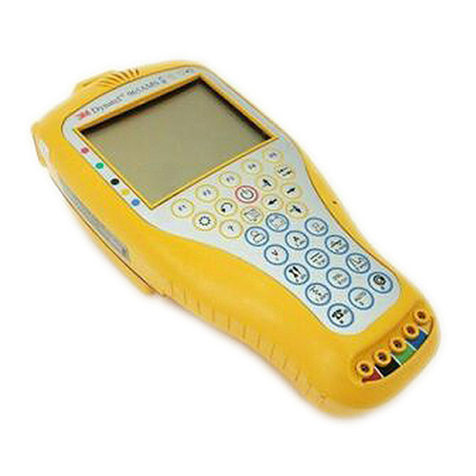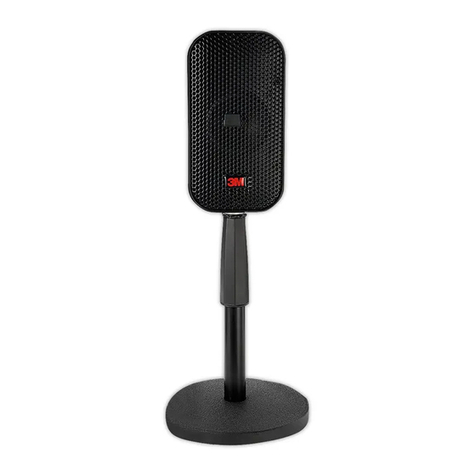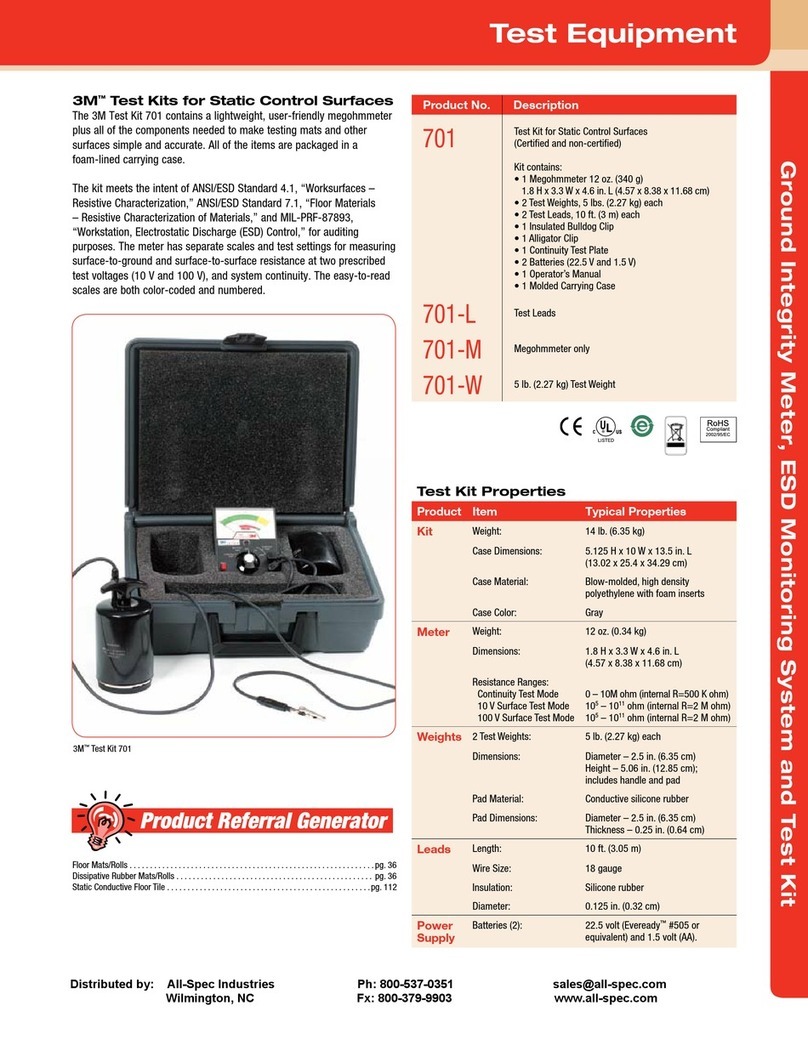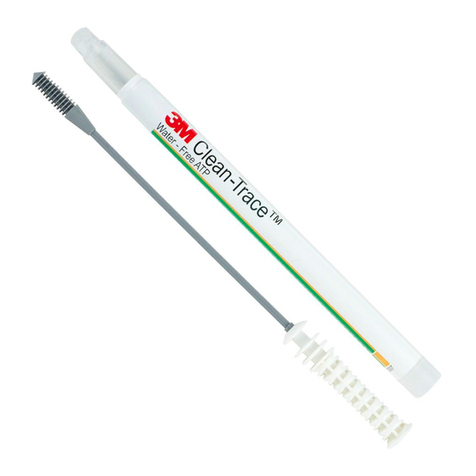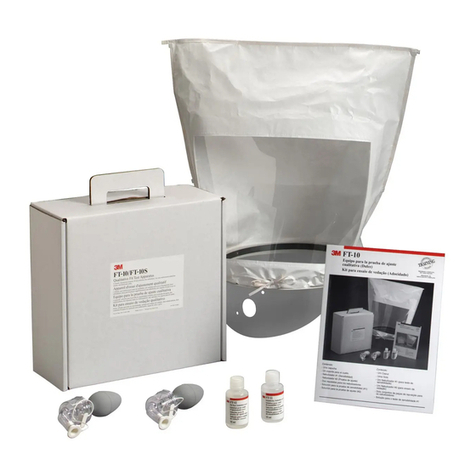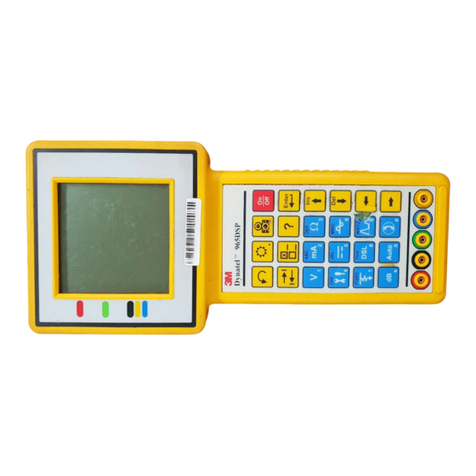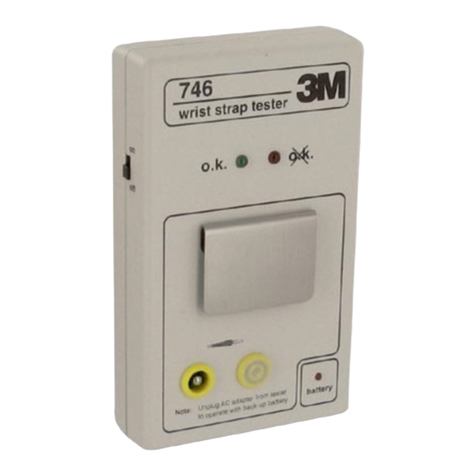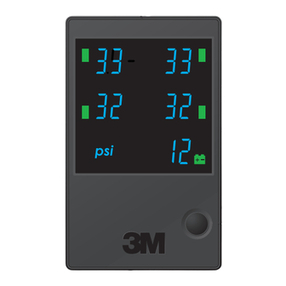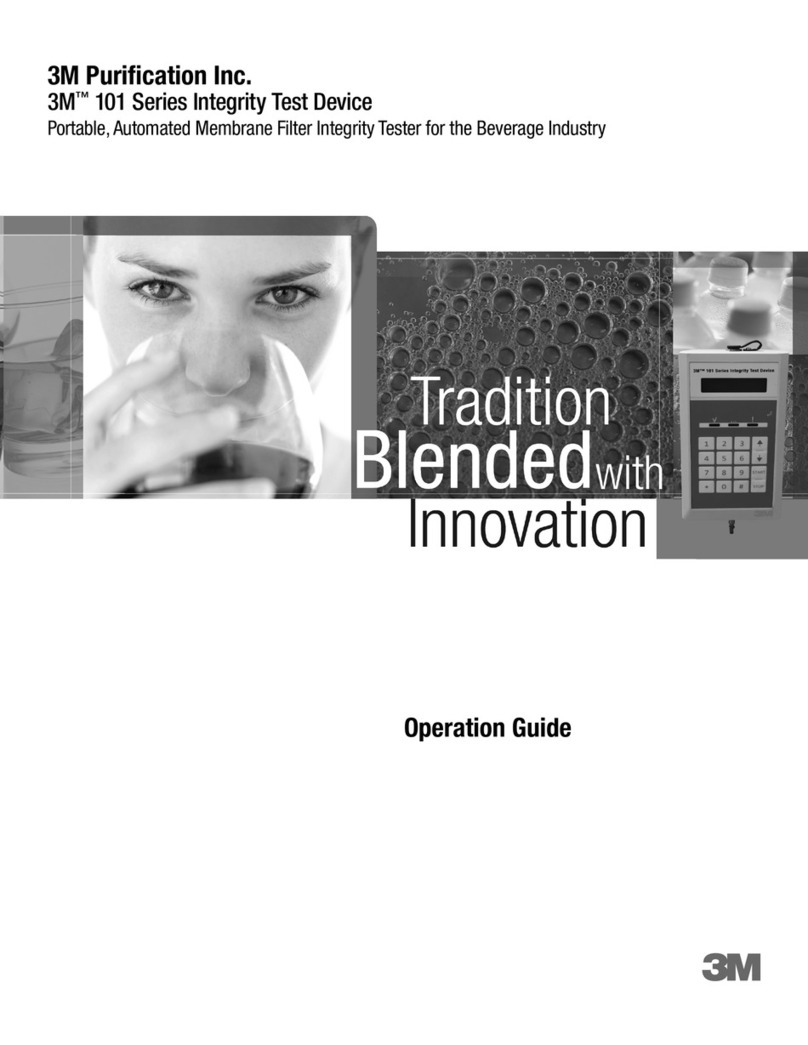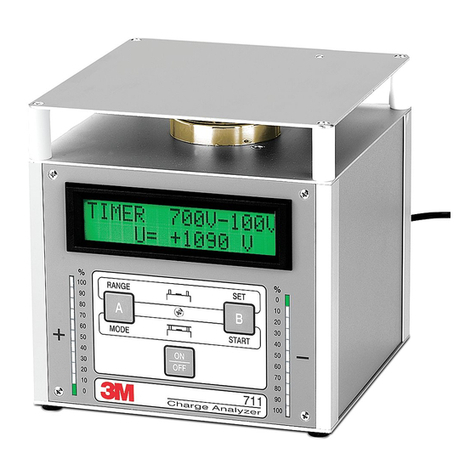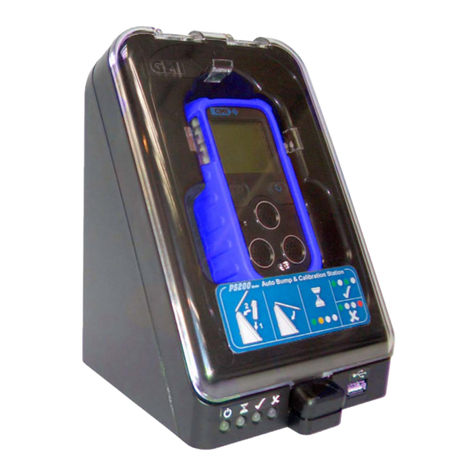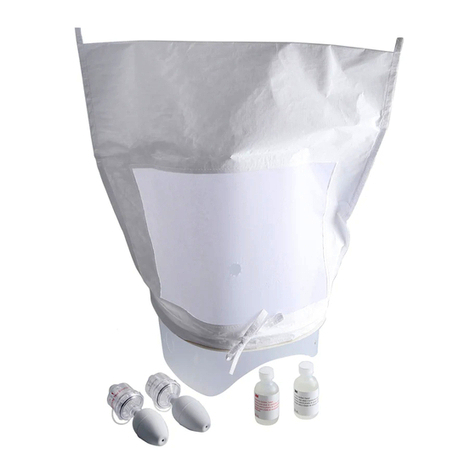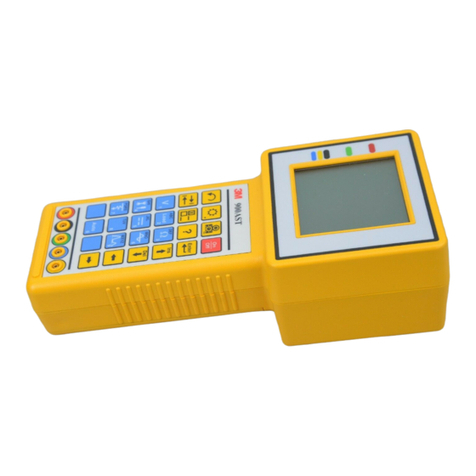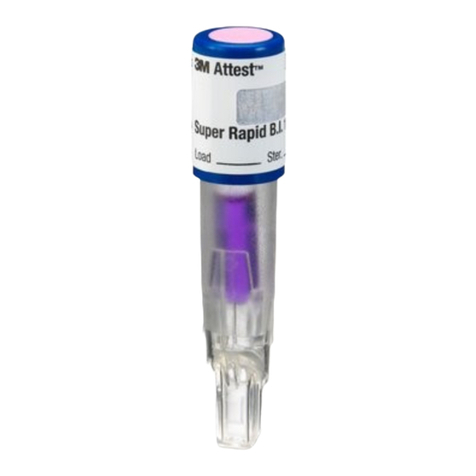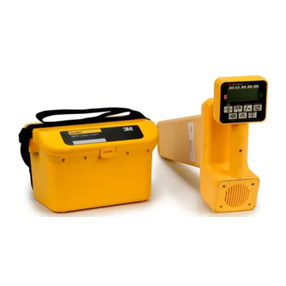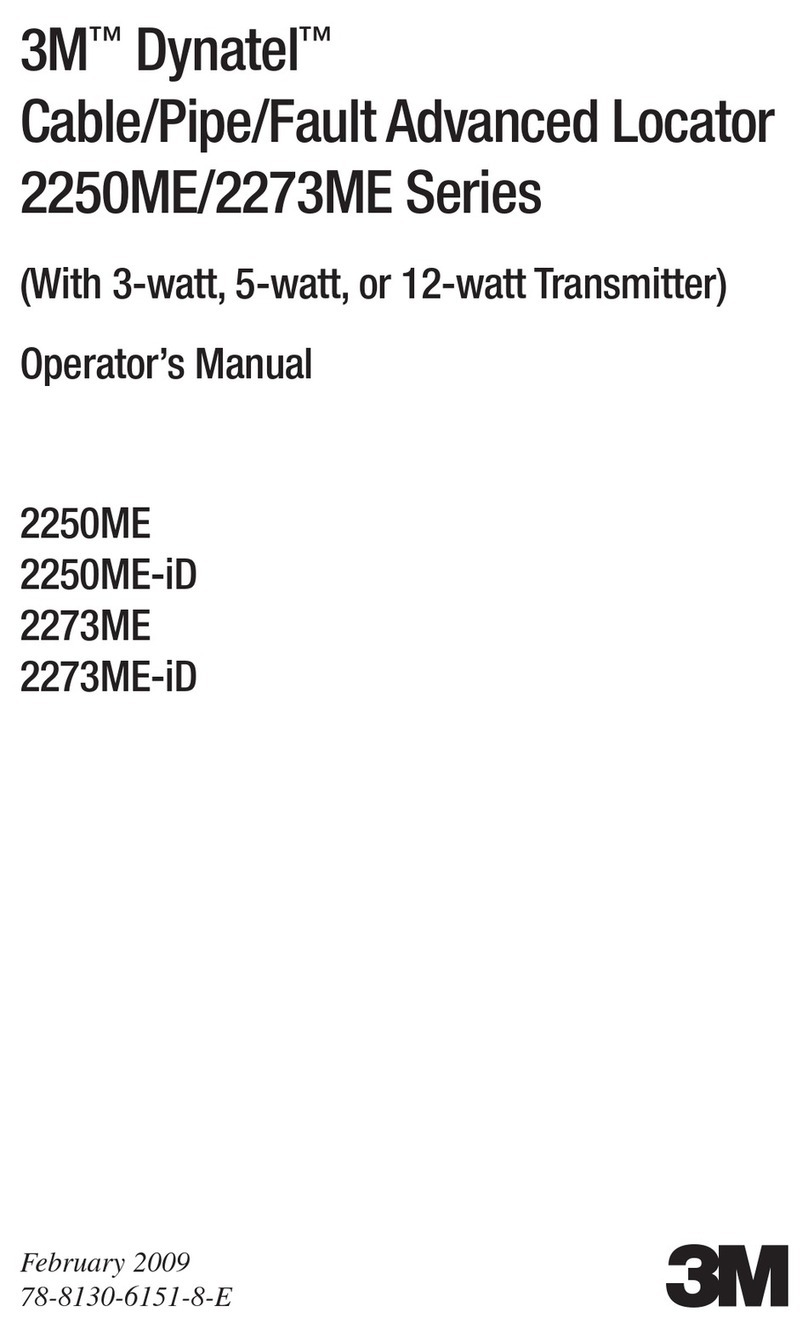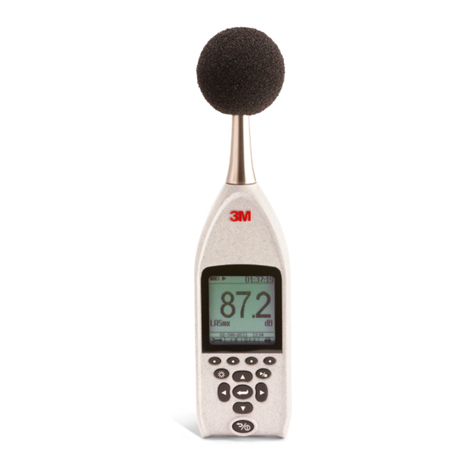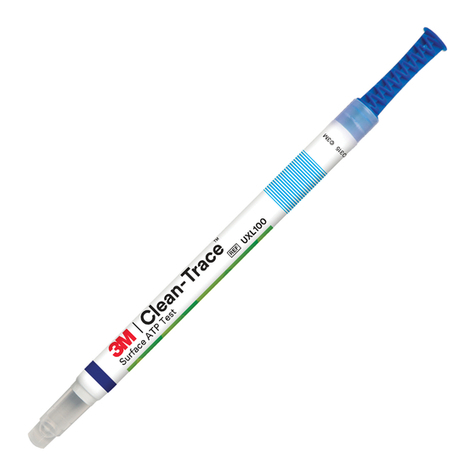
2
(Français)
FR
MISE EN GARDE
Certaines souches bactériennes autres que l’E. coli, telles que certaines Shigella, Salmonella, Enterobacter et Klebsiella,
peuvent produire de la bêta-glucuronidase et formeront des colonies allant du vert foncé au bleu-vert sur le Test 3M
Petrilm SEC, en particulier si elles sont incubées à des températures inférieures à celles recommandées4.
Consulter la che de données de sécurité du produit pour plus de renseignements.
Pour toute question concernant des applications ou procédures spéciques, veuillez consulter notre site Internet à
l’adresse www.3M.com/foodsafety ou contacter votre représentant ou distributeur 3M local.
Il incombe aux clients et aux utilisateurs de connaître les instructions et les informations. Veuillez visiter notre site
pour consulter les instructions les plus récentes ou contacter votre représentant ou
distributeur 3M.
Lors du choix d’une méthode de test, il est important d’admettre que des facteurs externes comme les méthodes
d’échantillonnage, lesprotocoles de test, la préparation des échantillons, la manipulation et les techniques de
laboratoires peuvent inuencer les résultats.
Il incombe à l’utilisateur de sélectionner une méthode d’analyse pour évaluer un nombre susant d’échantillons avec les
matrices et les épreuves microbiennes appropriées an de garantir que la méthode d’analyse réponde aux critères de
l’utilisateur.
Il incombe également à l’utilisateur de déterminer si une méthode d’analyse et ses résultats répondent aux exigences de
ses clients ou fournisseurs.
Comme avec n’importe quelle méthode de test, les résultats obtenus avec ce produit ne constituent pas une garantie de
la qualité des matrices ou des processus testés.
SAUF SI EXPRESSÉMENT ÉTABLI DANS LA SECTION DE GARANTIE LIMITÉE D’UN EMBALLAGE DE PRODUIT
INDIVIDUEL, 3M RENONCE À TOUTE GARANTIE EXPLICITE ET IMPLICITE, Y COMPRIS, MAIS SANS S’Y LIMITER,
TOUTE GARANTIE DE COMMERCIALISATION OU D’ADAPTATION POUR UN USAGE SPÉCIFIQUE. En cas de défaut
de tout produit de Sécurité Alimentaire 3M, 3M ou son distributeur agréé s’engage, à son entière discrétion, au
remplacement ou au remboursement du prix d’achat du produit. Il s’agit de vos recours exclusifs. Tout défaut supposé
du produit devra être notié à 3M dans un délai de soixante jours et le produit renvoyé au fournisseur. Veuillez appeler
le Service clientèle (1-800-328-1671 aux États-Unis) ou votre représentant 3M en produits de microbiologie pour obtenir
une autorisation de renvoi.
3M NE SERA PAS TENUE RESPONSABLE DES PERTES OU DES DOMMAGES ÉVENTUELS, QU’ILS SOIENT DIRECTS,
INDIRECTS, SPÉCIFIQUES, ACCIDENTELS OU CONSÉCUTIFS, Y COMPRIS, MAIS SANS S’Y LIMITER, LES PERTES
DE PROFITS. En aucun cas et en aucune manière, laresponsabilité de 3Ms ne sera engagée au-delà du prix d’achat du
produit prétendu défectueux.
Conserver les poches de Test 3M Petrilm SEC non ouvertes au réfrigérateur ou au congélateur à des températures
inférieures ou égales à 8°C (46°F). Les laisser atteindre la température ambiante avant de les ouvrir. Replacer les Tests
3M Petrilm SEC non utilisés dans leurs poches. Refermer hermétiquement les poches ouvertes avec un ruban adhésif
après avoir replié le côté ouvert sur lui-même.
Les poches rescellées doivent être conservées dans un endroit frais et sec pendant une durée maximale de
quatre semaines. Lorsque la température d’un laboratoire dépasse 25°C (77°F) et/ou que ce laboratoire est situé dans
une région où l’humidité relative dépasse 50% (à l’exception des locaux climatisés), il est recommandé de conserver les
poches de Tests 3M Petrilm SEC refermées au congélateur, comme indiqué ci-dessous.
Pour conserver les poches ouvertes des Tests 3M Petrilm SEC dans un congélateur, les placer dans un récipient
étanche. Pour utiliser des Tests 3M Petrilm SEC congelés, sortir les tests de leur récipient et remettre immédiatement
les tests restants dans le congélateur, après les avoir replacés dans le récipient étanche. Les Tests 3M Petrilm SEC
ne doivent pas être utilisés après leur date de péremption. Le congélateur utilisé pour la conservation des poches
ouvertes ne doit pas posséder de cycle de dégivrage automatique. En eet, les Tests 3M Petrilm SEC pourraient être
endommagés en raison d’une exposition répétée à l’humidité.
